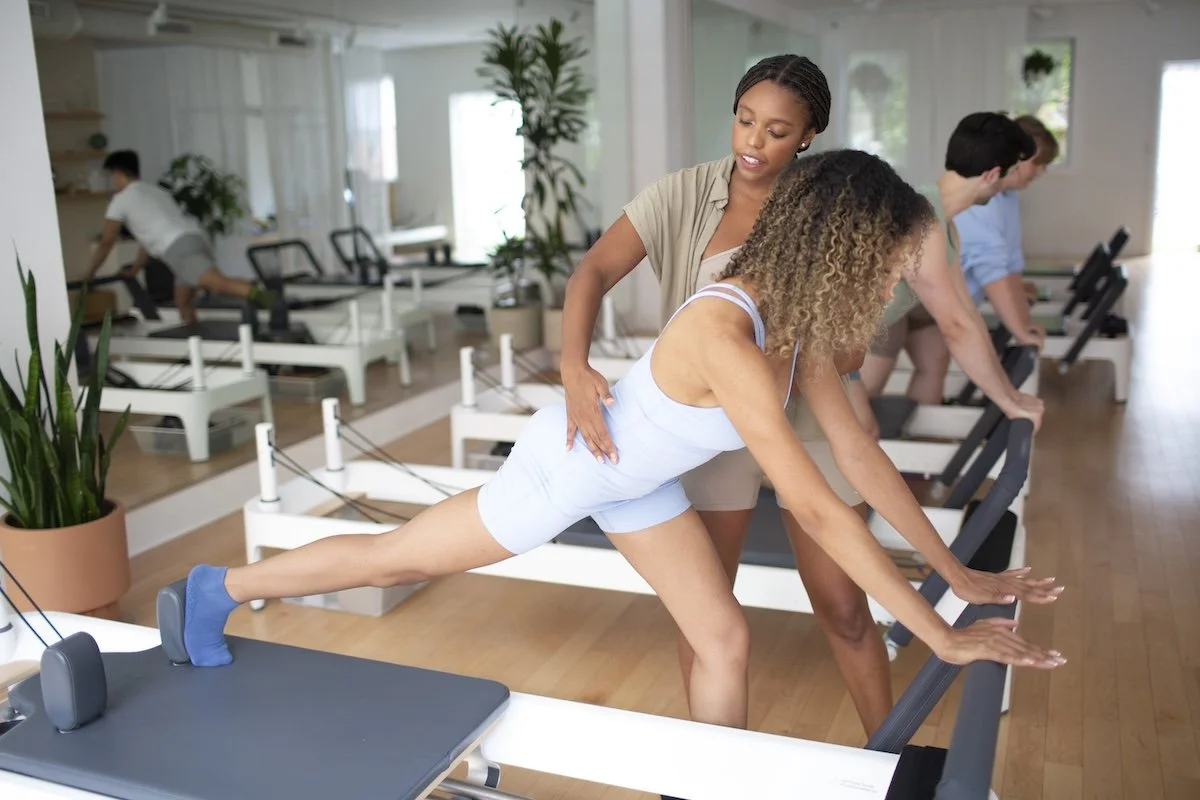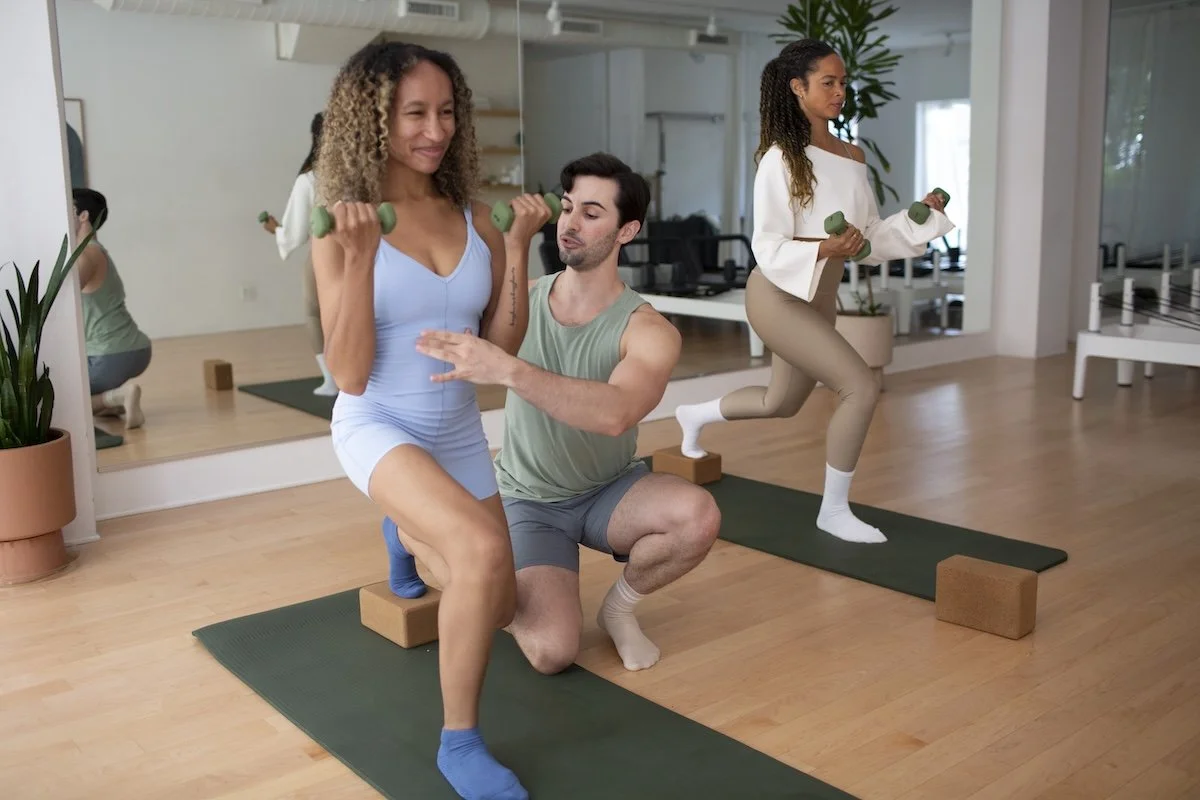Unlocking Hip Mobility: Why It Matters More Than You Think
When people think about improving their hips, flexibility often takes center stage. While stretching has its place, true hip mobility is much more than just flexibility. Mobility is the combination of flexibility and strength that allows you to control your range of motion. In other words, it is not only about how far you can move, but also about how well you can move there and back with stability.
Why Hip Mobility Matters
The hip joint is a ball-and-socket joint that connects your legs to your pelvis. Because of its structure, it allows movement in multiple directions: flexion, extension, abduction, adduction, internal rotation, and external rotation. Healthy hips are essential for walking, running, squatting, climbing stairs, and almost every movement you do in daily life or athletic performance.
When hip mobility is limited, the body often compensates by overloading other joints such as the lower back, knees, or ankles. This can lead to pain, stiffness, or injury. On the other hand, strong and mobile hips help distribute forces evenly, improve alignment, and allow for smoother, more efficient movement patterns.
The Strength-Mobility Connection
Mobility without strength is like having a car that can go fast but has poor brakes. You might get to a position, but you cannot control it. To develop real hip mobility, you need to combine flexibility with active control. This means training the muscles that move and stabilize the hip so you can access and maintain your range of motion in dynamic situations.
Research supports this approach. A recent systematic review showed that resistance training through a full range of motion improves joint mobility better than stretching alone and leads to functional gains across age groups (Wright et al., 2022). Another study found that strengthening the hip abductors and external rotators not only increased muscle strength but also improved running biomechanics and reduced knee stress (Ferber et al., 2009).
For example:
Glute strength supports hip extension, abduction, and external rotation.
Adductor strength aids in stability and side-to-side control.
Deep hip rotator activation improves rotational control and joint centration.
Signs You Might Need to Work on Hip Mobility
You struggle to squat deeply without your heels lifting.
You experience tightness or discomfort in the hips after sitting for long periods.
You have recurring lower back or knee pain without a clear cause.
Your side-to-side movements feel awkward or limited.
How to Train Hip Mobility Effectively
Assess Your Current Range
Notice where you feel tightness or restriction. This helps target your training to what your body actually needs.Combine Passive and Active Work
Stretching can open up new range, but active drills teach your body to own that range. Use exercises like controlled articular rotations (CARs) to build awareness and control.Load the Range You Have
Incorporate resistance training in various planes of motion, such as lunges, step-ups, and lateral movements, to strengthen through your available range.Stay Consistent
Mobility gains come with regular practice. Short, frequent sessions often work better than occasional long stretches.
The Bottom Line
At SPRING, we believe that hip mobility training is not about chasing perfect flexibility. It is about blending strength and movement quality to build hips that move freely, safely, and powerfully. This foundation will support your Pilates practice and everyday life, helping you move with confidence and ease.
References
Ferber, R., McClay Davis, I., & Williams, D. S. (2009). Gender differences in lower extremity mechanics during running. Clinical Biomechanics, 24(4), 339–344. https://doi.org/10.1016/j.clinbiomech.2008.12.003
Wright, T., O’Halloran, P., & Bird, S. (2022). Effects of resistance training on joint range of motion: A systematic review and meta-analysis. Sports Medicine, 52(4), 849–868. https://doi.org/10.1007/s40279-022-01804-x
Sadeghi, H., Allard, P., Prince, F., & Labelle, H. (2020). Functional gait asymmetry in able-bodied subjects. Journal of Biomechanics, 28(1), 85–93. https://doi.org/10.1016/S0021-9290(94)90008-1



